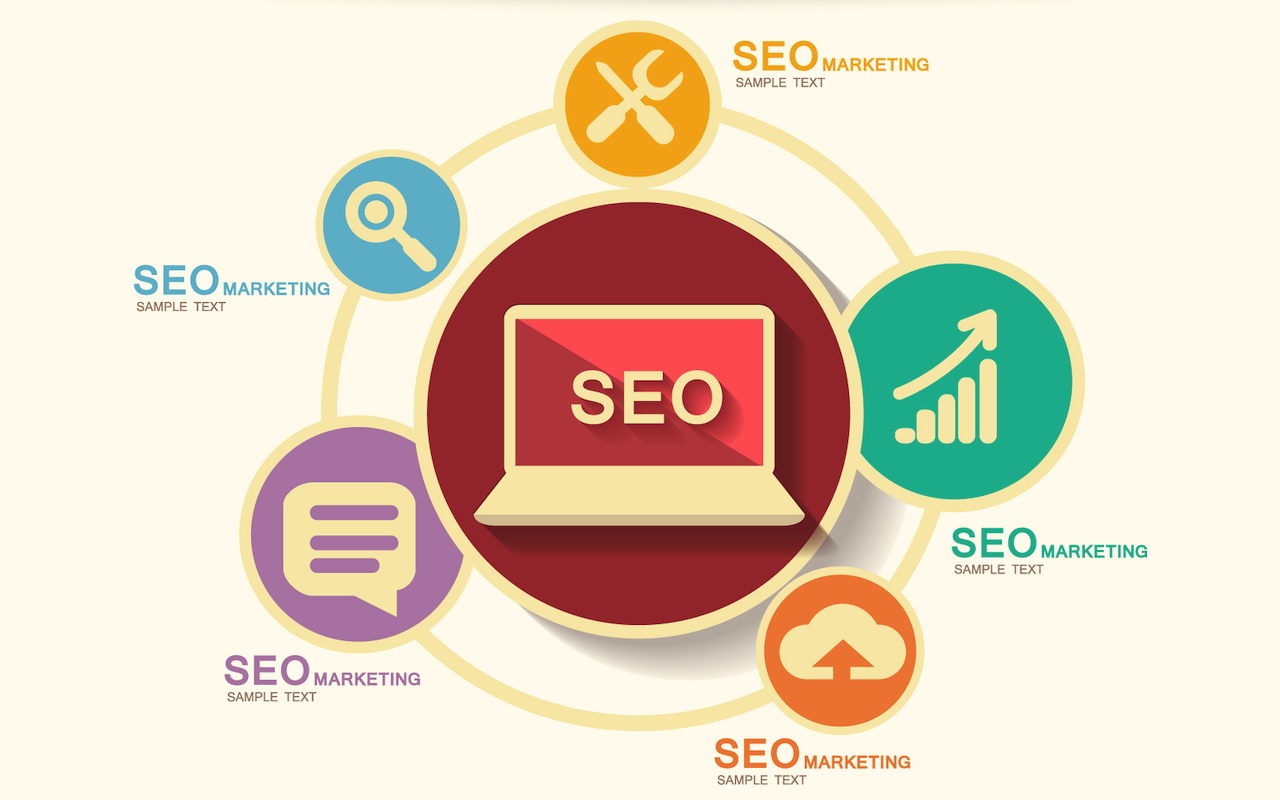
In the digital age, your small business's online presence can make or break its success. Whether you're a local bakery, a freelance designer, or an eCommerce startup, one thing remains true: if people can't find you online, you're missing sales.
That’s where SEO Search Engine Optimization comes in.
Unlike paid ads, SEO focuses on building organic (free) traffic over time. It’s not an overnight fix, but when done right, it offers compounding returns. This guide breaks down exactly how small businesses can leverage SEO, even with limited budgets and technical know-how.
Why SEO Matters for Small Businesses
Small businesses often struggle with visibility. SEO helps level the playing field by putting your business in front of customers right when they’re searching for what you offer.
For example:
- A pizza place ranks high when someone Googles “best pizza near me”
- A local dog groomer appears when pet owners search “dog grooming services in [city]”
- A handmade soap seller gets traffic from people looking for “organic skincare products”
Without SEO, you’re essentially hiding your business from people actively looking to buy.
How Search Engines Work (In Plain English)
When someone types a query into Google, the search engine’s algorithm scans millions of web pages to find the best results. It looks at factors like:
- Relevance (Is your content related to the query?)
- Authority (Do other reputable sites link to you?)
- User experience (Is your site fast and mobile-friendly?)
The better your site checks these boxes, the higher you rank and the more traffic you get.
Core SEO Strategies for Small Businesses
You don’t need to be a tech wizard to start SEO. Here are the pillars every small business should focus on:
1. Keyword Research
Find out what your customers are searching for. Use tools like:
- Google Keyword Planner
- Ubersuggest
- AnswerThePublic
Example: If you own a candle store, potential keywords might include:
- “handmade soy candles”
- “scented candles for relaxation”
- “aromatherapy candles online”
Choose keywords with decent search volume and low-to-moderate competition.
2. On-Page SEO
This means optimizing the content on your site:
- Use your primary keyword in the title, URL, headers, and meta description
- Add internal links to related pages
- Include relevant images with descriptive ALT tags
- Keep content easy to read and engaging
- Make sure every page has a purpose and provides real value.
3. Local SEO
If your business has a physical location, local SEO is critical.
Steps to improve local visibility:
- Claim your Google Business Profile and fill it out completely
- Encourage happy customers to leave reviews
- Add your business to online directories (Yelp, Bing Places, Apple Maps)
- Ensure your Name, Address, and Phone number (NAP) is consistent across platforms
This helps you appear in local search results and Google Maps.
4. Technical SEO
While it sounds intimidating, many aspects are easy to manage:
- Make sure your site is mobile-friendly
- Improve page speed (use tools like PageSpeed Insights)
- Use HTTPS (SSL certificate)
- Submit a sitemap to Google Search Console
- Fix broken links and duplicate content
If you're using platforms like WordPress, plugins like Yoast SEO or Rank Math can help streamline much of this.
5. Content Marketing
Google loves fresh, useful content.
Start a blog on your website and regularly post about topics your customers care about. For example:
- “10 Benefits of Using Natural Skincare”
- “How to Choose the Right Candle for Your Mood”
- “Beginner’s Guide to Aromatherapy at Home”
Useful content attracts links, drives traffic, and positions your brand as an expert.
6. Link Building
Links from other websites to yours are like votes of confidence.
To build links:
- Reach out to local bloggers or news sites
- Get listed in industry directories
- Write guest posts on related websites
- Collaborate with influencers or local businesses
The more high-quality sites that link to you, the better your authority in Google’s eyes.
Common SEO Mistakes to Avoid
Even well-meaning business owners make mistakes. Watch out for:
- Keyword stuffing: Overusing keywords makes your content unreadable
- Duplicate content: Google penalizes pages with identical or copied text
- Ignoring mobile users: Most searches now happen on mobile devices
- Forgetting meta descriptions: These help improve click-through rates
- Not tracking performance: Use Google Analytics and Search Console to measure what’s working
How Long Does SEO Take to Work?
SEO is a long game.
You may start seeing results in 3–6 months, but real momentum usually builds over 6–12 months. The good news? Unlike paid ads, your organic traffic doesn’t disappear when your budget runs out.
The more you invest in great content, technical health, and earning links, the more consistent your traffic becomes.
Do You Need to Hire an Expert?
Not necessarily. Many small businesses successfully manage their SEO in-house using tools like:
- Google Search Console (free)
- Google Analytics (free)
- Screaming Frog (free up to 500 URLs)
- Moz or Ahrefs (for more advanced users)
But if you’re short on time, hiring an SEO freelancer or agency can help accelerate growth just make sure they have proven results and transparent reporting.
Final Thoughts
SEO is not just a “nice to have” for small businesses. It’s one of the most cost-effective marketing tools at your disposal. With consistent effort and smart strategy, even a tiny business can compete with giants in search results.
From local visibility to national recognition, SEO is the path from being invisible to unmissable.
Featured Image by Freepik.
Share this post
Leave a comment
All comments are moderated. Spammy and bot submitted comments are deleted. Please submit the comments that are helpful to others, and we'll approve your comments. A comment that includes outbound link will only be approved if the content is relevant to the topic, and has some value to our readers.

Comments (0)
No comment